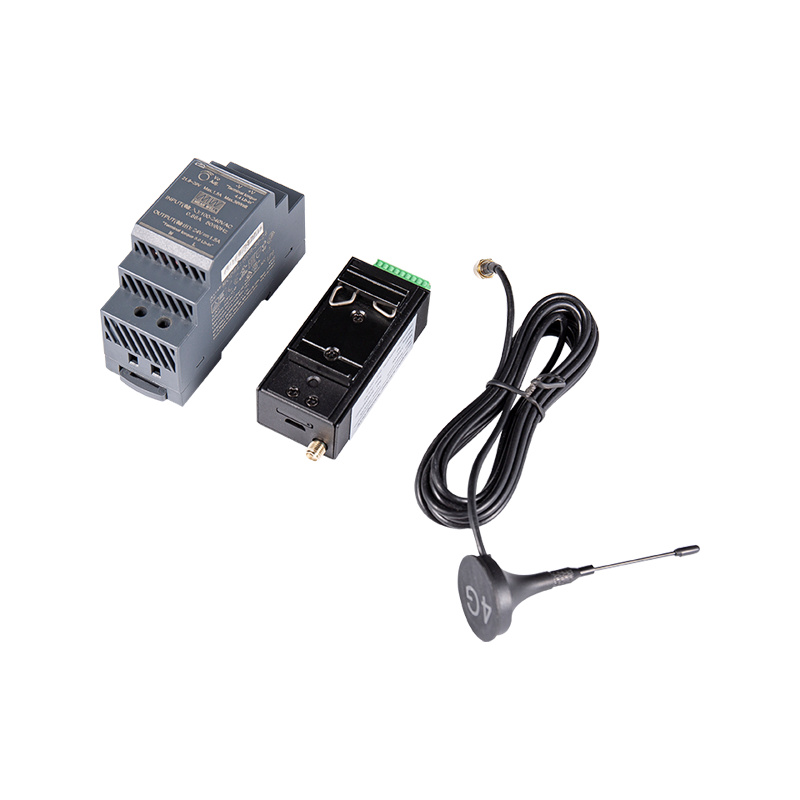Selection of measurement range of 3 phase Din Rail Meter: the key to ensure accurate measurement
In the power system, the 3 phase Din Rail Meter is an important metering device, and the selection of its measurement range is directly related to the accurate measurement and monitoring of power parameters. The measurement range, that is, the maximum and minimum values of parameters such as voltage and current that the meter can measure, is a key factor that cannot be ignored when selecting a meter. This article will explore the importance of the measurement range of 3 phase Din Rail Meters in depth and provide selection suggestions to ensure the accuracy of power measurement.
1. The importance of measurement range
The selection of measurement range is important because it directly determines whether the meter can accurately reflect the actual power status in the circuit. If the measurement range of the meter is too small, when the voltage or current in the circuit exceeds the range of the meter, the meter may be damaged or the measurement may be inaccurate, resulting in data distortion and affecting the stable operation of the power system. On the contrary, if the measurement range of the meter is too large, although it can avoid damage caused by insufficient range, it may reduce the measurement accuracy and fail to accurately reflect small changes in the circuit.
2. Recommendations for voltage range selection
When selecting the voltage range of a 3 phase Din Rail Meter, you should first understand the voltage level in the circuit. Common rated voltages include 220V and 380V, etc. These voltage levels are suitable for different power application scenarios. For example, in residential and commercial buildings, the voltage level of 220V is more common; in the industrial field, especially in the operation of large equipment and machines, the voltage level of 380V is more common. Therefore, when selecting an electric meter, the corresponding electric meter should be selected according to the actual voltage level in the circuit to ensure the accuracy and safety of the measurement.
3. Recommendations for the selection of current range
Similar to the voltage range, the selection of the current range is also crucial. The rated current is usually 5A, 10A, 20A, etc. The selection of these current levels should be based on the actual current demand in the circuit. When selecting an electric meter, it should be ensured that the rated current of the meter matches the maximum current in the circuit to avoid damage to the meter or inaccurate measurement due to excessive current.
In addition, in order to further improve the measurement accuracy, it is also necessary to consider using a current transformer that matches the meter range for measurement. A current transformer is a device used to convert a large current into a small current. It can reduce the actual current in the circuit to the measurement range of the meter, thereby ensuring the accuracy of the measurement. When selecting a current transformer, ensure that its transformation ratio matches the actual current in the circuit and the meter range to achieve the best measurement effect.
The measurement range is a key factor that cannot be ignored when selecting a 3 phase Din Rail Meter. When selecting an electric meter, the corresponding meter should be selected according to the actual voltage and current levels in the circuit, and consider using a current transformer that matches the meter range for measurement to ensure the accuracy and safety of the measurement. Only in this way can the important role of the 3 phase Din Rail Meter in the power system be fully utilized to provide a strong guarantee for the stable operation of the power system.





